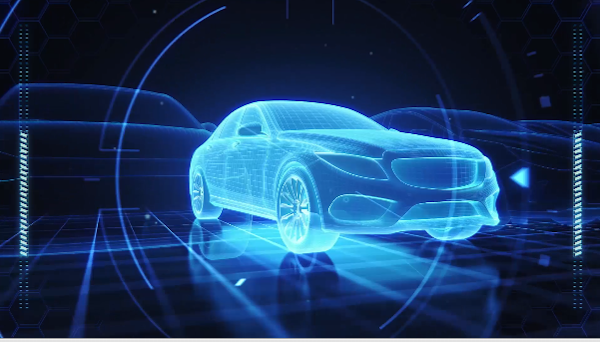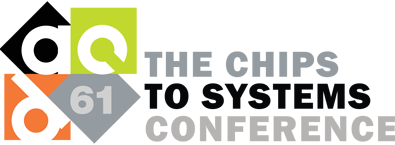Next Generation System Design and Verification for Transportation
 DVCon U.S. 2019 Tutorial
DVCon U.S. 2019 Tutorial
When the choice to use an older or newer car presents itself, advances in automotive electronic systems that can be found in a growing number of newer cars leads me to select a newer car. The simple move from SAE Level 0 to Level 1 with adaptive cruise control still requires me to maintain full situational awareness. But keeping pace with the car in front has never been easier! I certainly know there are many who have progressed beyond Level 1 for their driving experience. I’m not there yet, but know Level 2 can be found in many automobiles in the market with Level 3 and beyond in the works.
Even something so simple as the joy to drive a Level 1 automobile comes with limitations. In cold weather my Level 1 car reverts to Level 0 and requires me to do all the work. I guess lane departure is hard to determine when the road is covered by snow! And when the sensors are covered with snow or road grime, adaptive cruise control stops. You get the point – there is more to design and more to verify. From such humble levels of limited autonomy to full autonomy, where we are just visitors in our car, we have a lot of work and invention to do.
This year at DVCon U.S. we are sponsoring a tutorial that explores the increased intelligence and autonomy of next-generation transportation products that are driving the development of some of the most complex IC’s. It is not business as usual in the IC world, that’s for sure. These super complex IC’s and electronic systems are disrupting how you design and verify.
Starting with design, we see this with the entrance of machine learning using neural networks and inference solutions which demonstrates the need to quickly develop these highly algorithmic designs. Validation of those algorithms and system level interactions demands new solutions that can simulate the complex, heterogeneous systems with real world interactions. Beyond just ensuring the IC’s operate correctly, functional safety standards, like ISO 26262 for automotive, are enforcing state-of-the-art practices, strict processes and evidence for compliance to ensure the delivered capabilities are functioning safely. The days of separating functional workflow development from the safety workflow are gone. It is imperative that safety be at the forefront when determining the methodologies and tools to deploy in the creation of your transportation application.
 The intersection of these challenges is delivering advanced features on-time, within budget all while simultaneously ensuing the complex electronic system will not malfunction. Our tutorial will demonstrate how to use these next-generation IC development practices to build and validate smarter, safer IC’s. Specifically, it will look at:
The intersection of these challenges is delivering advanced features on-time, within budget all while simultaneously ensuing the complex electronic system will not malfunction. Our tutorial will demonstrate how to use these next-generation IC development practices to build and validate smarter, safer IC’s. Specifically, it will look at:
- How to use High-Level Synthesis (HLS) to accelerate the design of smarter IC’s
- How to use emulation to provide a digital twin validation platform beyond just the IC
- How to use develop functionally safe IC’s
Tutorial: Next Generation System Design and Verification for Transportation
Event: DVCon U.S. 2019
Date: February 28, 2019
Time: 8:30am – 11:30am PT
Room: Pine
We look forward to see you at DVCon U.S. 2019 this February 25-28th at the DoubleTree Hotel, San Jose, CA. For registration information, click here and for more conference information, click here.

